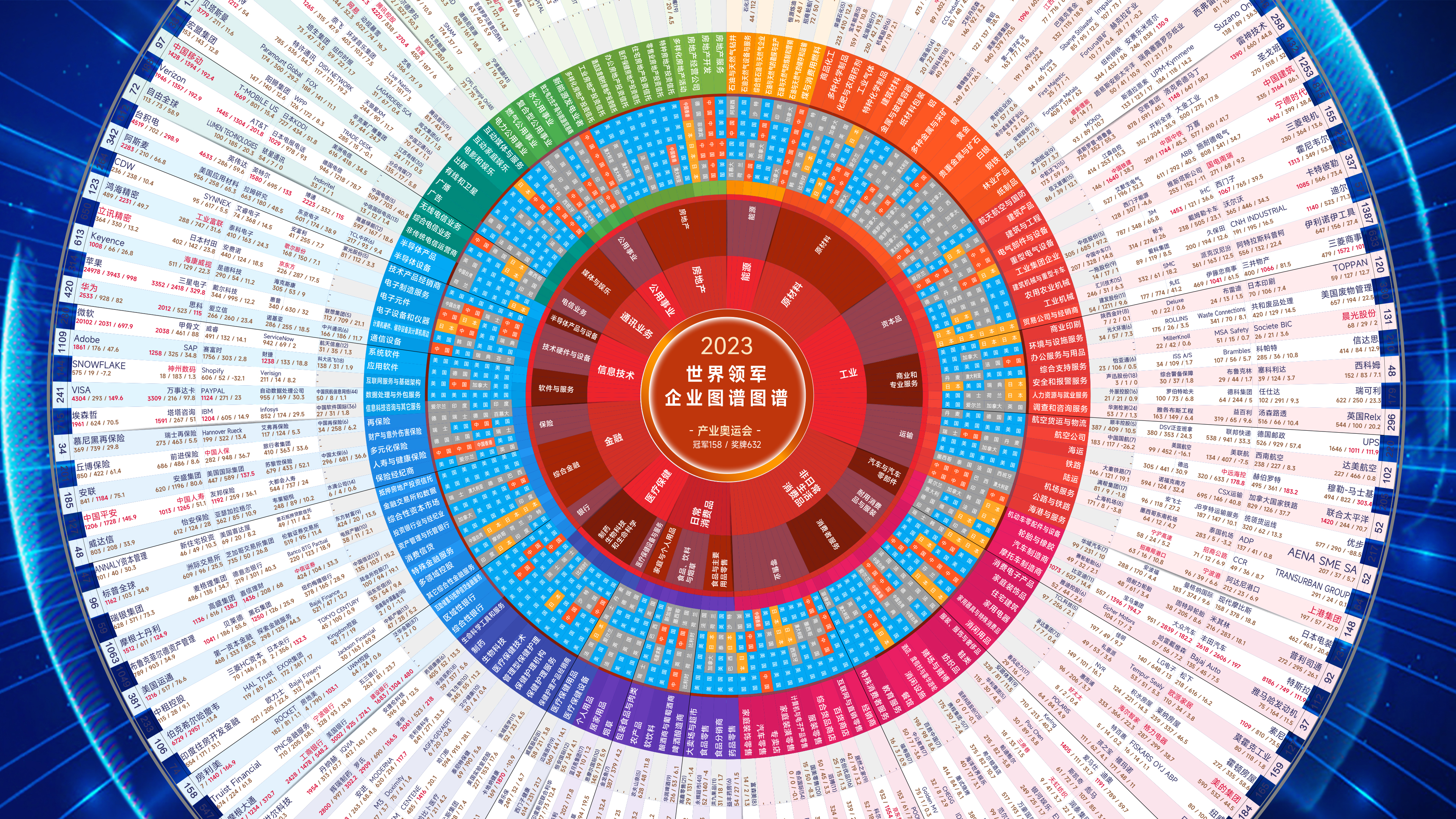As the global industrial landscape evolves amid emerging digital technologies and shifting value chains, traditional economic indicators are no longer sufficient to assess a country’s industrial competitiveness. Despite China’s rapid economic growth and its rise in global company rankings, questions remain about the true depth and resilience of its industrial strength. A more precise, data-driven understanding of global industrial dynamics is important for informing national policy and strategic planning.

A research team led by Research Associate Professor Ke Wu from the Institute of Risk Analysis, Prediction and Management (Risks-X) and the Academy of Finance and Economics at the Southern University of Science and Technology (SUSTech), in collaboration with Professor Zhiyi He from the Institute for Global Industry at Tsinghua University—who is also a part-time professor at Risks-X—has completed a study on the global industrial structure and China’s industrial strength.
Their work, titled “Global Industrial Structure and China’s Industrial Strength: A Special Report on China’s Industrial Development Based on Global Listed Company Data”, has been published online in the Nankai Business Review, a CSSCI-source and Category A journal recognized by the National Natural Science Foundation of China. It has consistently led Chinese management journals in “composite impact factor” and is considered one of the most influential and authoritative academic journals in the Chinese management field.
Against the backdrop of significant changes in the global industrial landscape, this research addresses two key contemporary issues. On the one hand, while Chinese enterprises have surpassed the United States in the number of Fortune Global 500 companies—an achievement that has attracted global attention—the question remains whether this phenomenon truly reflects a fundamental enhancement of China’s industrial capabilities. Systematic data verification is still needed. On the other hand, the traditional “structure-conduct-performance” framework of industrial economics has proved insufficient to fully explain the intrinsic logic and complexities of contemporary industrial competition, especially amid the digital economy and the restructuring of global value chains.
Faced with the paradox of China’s “leading GDP growth” and “insufficient industrial strength”, the research team recognized the pressing need to establish a new set of indicators to redefine the concept of an “industrial powerhouse” and to clarify the distinction between “big” and “strong”. In response, the team built a global industry database using data from globally listed companies. Employing a broad perspective combined with extensive data analysis, they systematically explored the global distribution of leading industrial enterprises and China’s true position in the global industrial system, offering robust data support for national industrial policies and corporate strategic planning.
Using globally listed companies as a foundation, the researchers constructed a database spanning 130 countries and regions, 192 stock exchanges, 158 GICS sub-industries, and 45,026 listed companies. Employing three indicators—market capitalization, revenue, and net profit—and assigning them weights of 0.5, 0.25, and 0.25, respectively, they developed a “national industrial strength coefficient”. This new quantitative method contributes to more comprehensive assessments of global industrial competitiveness.
Among the 158 GICS sub-industries, they identified 632 leading enterprises worldwide, with the United States and China ranking first and second, respectively. Further analysis shows that China’s strengths predominantly lie in coal, real estate development, certain raw materials, and traditional manufacturing sectors.
The study notes that macroeconomic expansion does not necessarily equate to an enhancement in global industrial strength. To build a modern industrial system, China should focus on cultivating world-class enterprises with global competitiveness instead of merely pursuing growth in the number of listed companies or sales figures. Moreover, as emerging fields develop rapidly and transform industrial boundaries, China must proactively participate in formulating global industry classification standards to strengthen its international influence. Enhancing research on China’s position in the global industrial system is crucial for constructing a modern industrial system that is independent, controllable, and highly competitive.
Since 2016, the research team has been studying the global industrial landscape and has built a global industry database based on data from listed companies worldwide. Their findings have been widely covered by major domestic and international media outlets such as Xinhuanet and Shanghai Securities News, collectively reaching an audience of over 100 million.
Currently, the team is advancing the development of various global industrial evaluation and exchange platforms, including the Global Industry Forum (GIF), the World Industry and Leading Enterprise Rankings, the Future Industry Standard System, and the Leading Enterprise Index, gradually forming a matrix of knowledge products with global impact. Additionally, they have provided specialized data analysis and research support to multiple national ministries, top universities, government agencies, industry associations, and well-known enterprises.
This study was jointly conducted by Zhiyi He, Ke Wu, Chen Ye (Associate Dean of Beijing Xinrui Mundell Academy of Entrepreneurship), and Zhipeng Chen (Director of the Data Department at Beijing Xinrui Mundell Academy of Entrepreneurship), with Ke Wu serving as the corresponding author.
Paper link: https://link.cnki.net/urlid/12.1288.F.20250328.1743.002
To read all stories about SUSTech science, subscribe to the monthly SUSTech Newsletter.
Proofread ByAdrian Cremin, Yilin ZHOU
Photo ByYan QIU